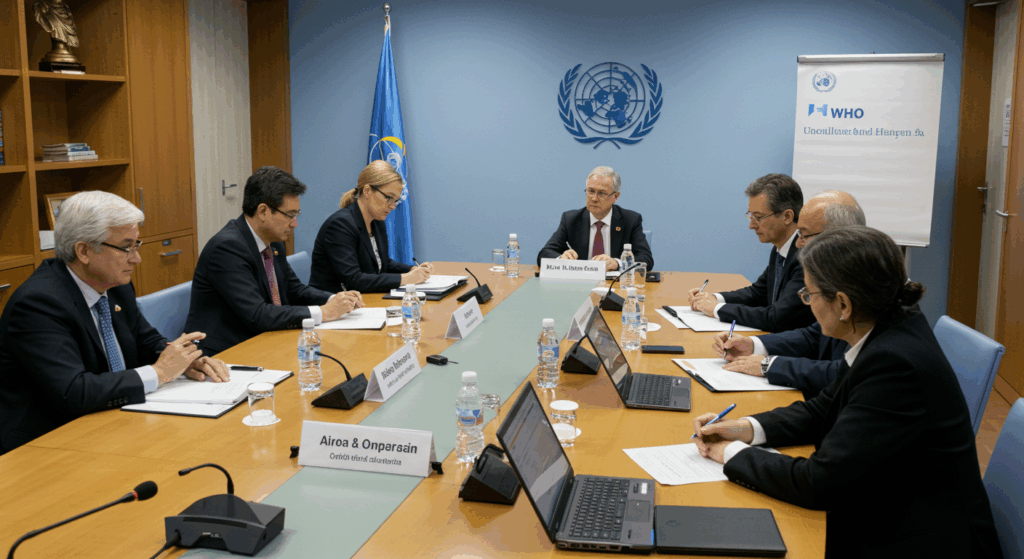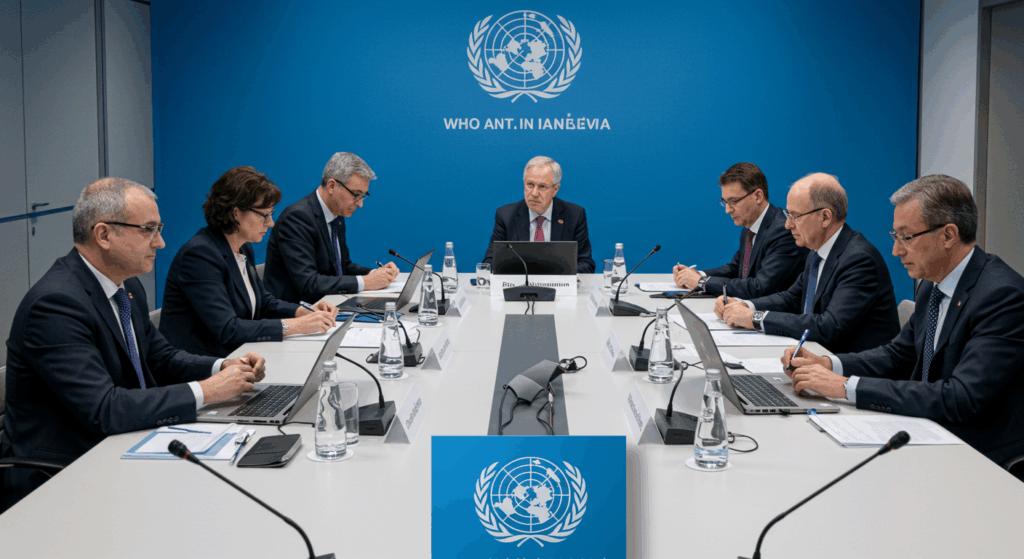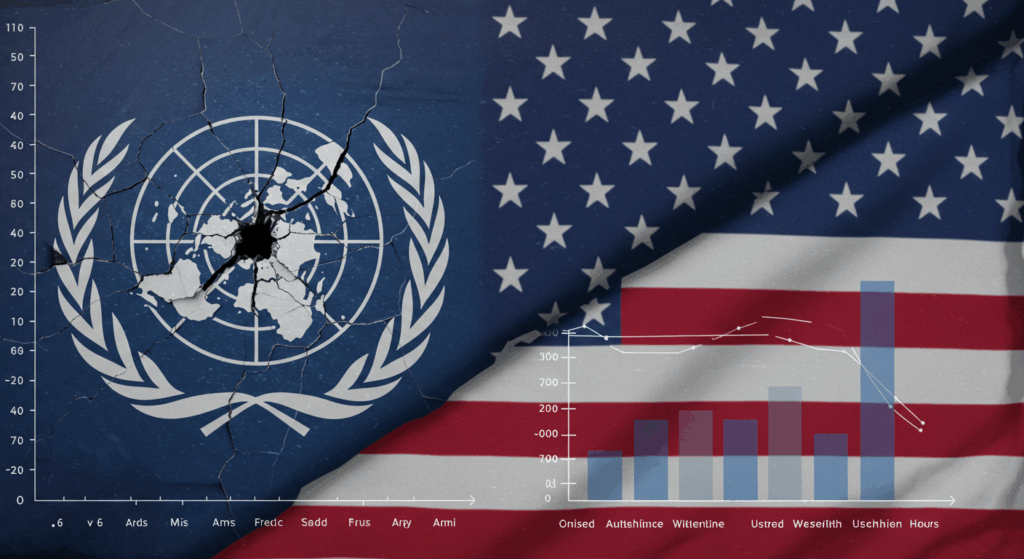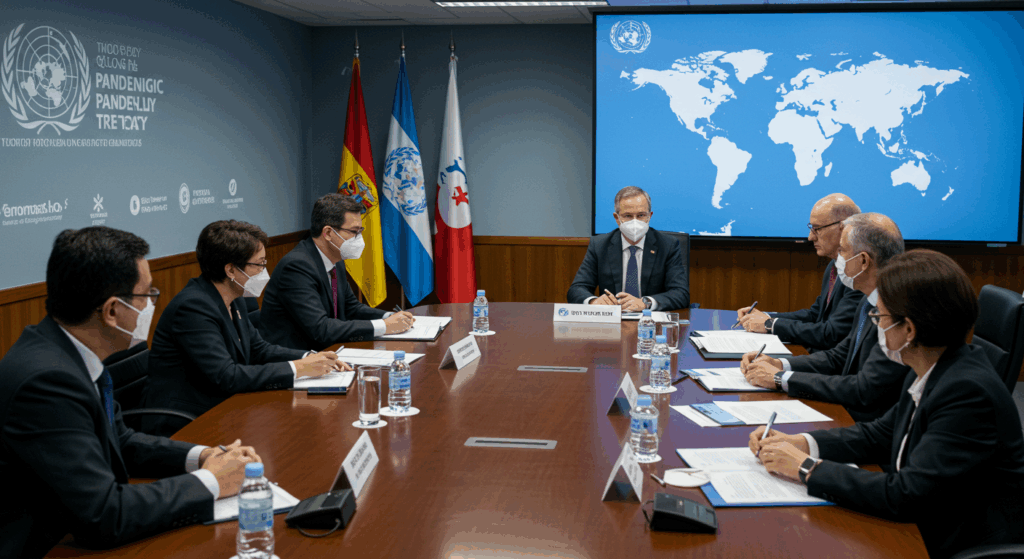The WHO pandemic treaty 2025, finalized in April 2025, aims to transform global health post-COVID-19. Yet, the US withdrawal from WHO and funding cuts raise doubts: Is this a game-changer or a missed opportunity? At NovexaHub’s Health category, we unpack its goals and challenges.
WHO Pandemic Treaty 2025: A New Era

Core Treaty Goals
The WHO pandemic treaty 2025 addresses COVID-19’s failures, like vaccine inequity, per WHO. It proposes global supply chains for masks and vaccines, plus technology transfers to low-income nations. WHO aims for 20% of pandemic resources to be donated or affordable, said Co-Chair Precious Matsoso. The treaty awaits adoption at the May 2025 World Health Assembly, a critical step for global solidarity.
US Withdrawal Impact

In February 2025, President Trump announced the US exit from WHO by 2026, citing COVID-19 mismanagement, per Nature. As WHO’s top donor (22% of funds), the US absence from treaty talks weakens its scope. Some experts argue this may allow equity-focused provisions the US opposed, but others fear reduced global influence, especially in funding-dependent regions.
Global Health Challenges
Funding Crisis
Funding cuts threaten the WHO pandemic treaty 2025. A 2025 WHO survey found 70% of its country offices face service disruptions due to reduced aid, particularly in Africa and South Asia. Without US funds, up to 25 million extra deaths from diseases like AIDS could occur by 2040, per Nature. Low-income nations struggle to fill gaps, risking treaty goals like equitable resource access.
The Controversy: US Withdrawal and Funding Cuts

Trump’s Decision to Leave WHO
The treaty’s potential is overshadowed by a major controversy: the United States’ withdrawal from WHO. In February 2025, President Trump announced the US would exit the organization by 2026, citing concerns over WHO’s handling of the COVID-19 pandemic. The US, historically one of WHO’s largest donors, did not participate in the final treaty negotiations, raising questions about the agreement’s global impact.
Impact of Global Health Funding Cuts

The US withdrawal coincides with broader cuts in global health funding. A WHO survey conducted in March-April 2025 found that 70% of its 108 country offices, primarily in low- and middle-income nations, reported disruptions in health services due to reduced official development assistance (ODA). Additionally, a study published in Nature (2025) warns that without US aid, up to 25 million additional deaths could occur by 2040, particularly from diseases like AIDS in African countries such as Nigeria and Uganda. These cuts threaten to undermine the treaty’s goals at a critical time.
4. What’s Next for Global Health?
The 2025 WHO pandemic treaty will face its final test at the World Health Assembly in May 2025, where member states will vote on its adoption. While the agreement is a victory for global health collaboration, its success depends on funding and participation from major players like the US. Without sufficient resources, the treaty risks becoming a missed opportunity rather than a game-changer. For now, countries are working to reallocate domestic funds to fill the gaps, but the road ahead remains uncertain. Stay informed with the latest health updates on NovexaHub’s health category!
Conclusion
The 2025 WHO pandemic treaty holds immense potential to reshape global health by improving pandemic preparedness and fostering collaboration. However, the US withdrawal and funding cuts pose significant challenges that could limit its impact. As the world awaits the treaty’s adoption in May 2025, one question remains: Can global health overcome these obstacles to ensure a safer future? Share your thoughts in the comments below and explore more health insights on NovexaHub!

